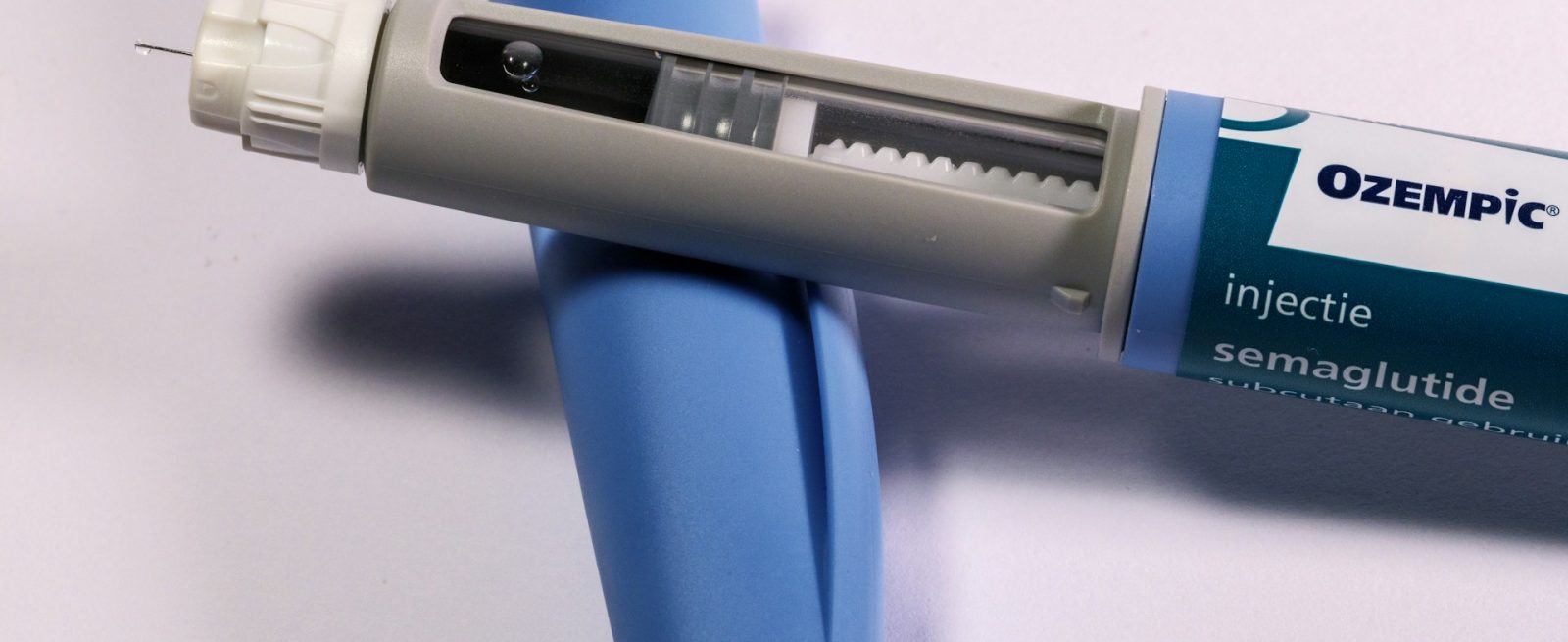How Will GLP-1s Change Restaurant Menus?
2 Min Read By MRM Staff
The increased use of glucagon-like peptide-1 (GLP-1) medications such as Ozempic and Wegovy is providing profit opportunities for restaurants and other industries, according to Circana's The Ripple Effect of GLP-1s, Today and In the Future. The report revealed how users exhibit shifting purchasing habits over time, with weight-loss users making fewer food and beverage purchases during the first three months of use, and returning closer to benchmark levels by the end of the first year of use.
There is an opportunity for restaurant operators who want to embrace the GLP-1 movement by focusing on portion sizes and crafting "GLP-1-friendly”menu items, Sally Lyons Wyatt, global executive vice president and chief advisor, Circana, told Modern Restaurant Management (MRM) magazine.
"By doing so, they can attract and foster repeat purchases from consumers are who either on GLP-1 medications or taking GLP-1 supplements," she said. "This could lead to increased traffic for the operators who can be agile and adapt to consumers dietary needs, communicate to them via their preferred social/digital channels, and leverage personalized messaging where possible."
While dining out, GLP-1 users skew their dollar spend toward quick-service restaurants, but they shift toward grocery foodservice, casual dining, and midscale restaurants during their first year on the medications, the report found. At grocery retail, they are spending more on foods that support GLP-1 balance, including vegetables, eggs and nuts. Conversely, they are making fewer purchases of products they’ve been recommended to avoid, including spicy foods, fatty proteins, and beverages with added sugar.
Wyatt advises restaurant owners to focus on educating staff about what GLP-1 medications are, the foods and beverages that align with the recommended diet, and the foods and beverages that users are recommended to avoid. This should include the role of ingredients such as protein, fiber, low/no sugar, etc.), portion sizes, and hydration.
"They should also review menu items to see if there are options for not only GLP-1 users, but also items that cater to other dietary preferences to give customers an array of choices."
Operators can leverage in-store and online tools such as menu reference guides and symbols to provide consumers indicators on what menu items align with the recommended diet for GLP-1 users and other diets in addition to introducing alternatives for flexibility in portion size, Wyatt suggests.
“A deeper understanding of GLP-1 medications and their roles in weight loss has unlocked new opportunities to enhance the food, beverage, and nonfood products that support consumers’ overall well-being,” she said.. “As accessibility, availability, and affordability of these medications improve, it will become critical for companies to develop strategies that support consumers on their health journeys. For consumers needing help with getting to optimal GLP-1 levels, working with a medical professional to determine the right mix of medications, supplements, and/or CPG products will remain vital in managing their health over the long term.”
Industries beyond food and beverage, including beauty, wellness, and pharmaceuticals, can explore cross-sector collaborations to serve this demographic. By refining their innovation pipelines, developing personalized solutions, and creating targeted messaging that resonates with GLP-1 consumers’ values and aspirations, companies can foster long-term loyalty while contributing to consumers’ broader health and wellness journeys.

